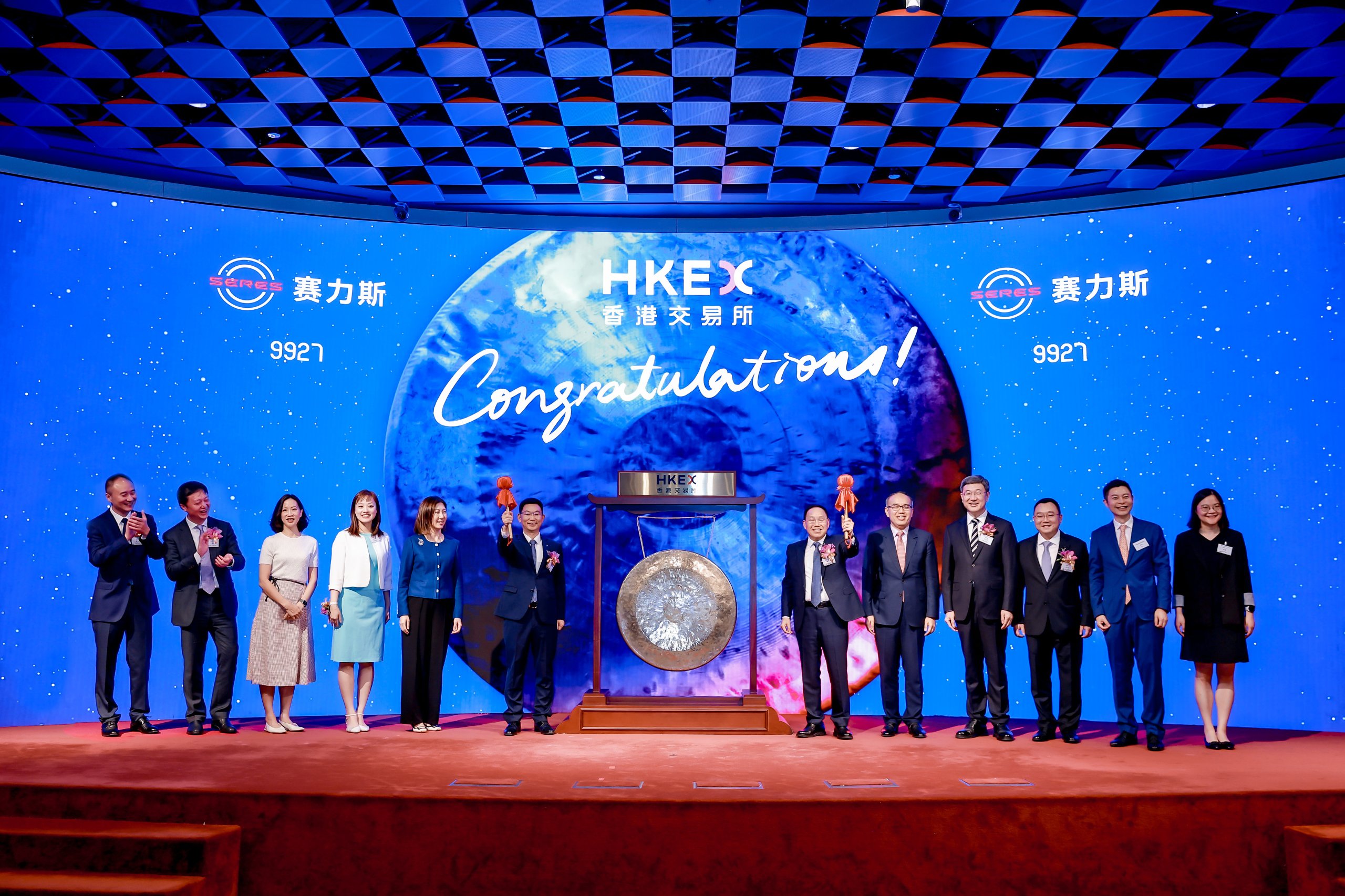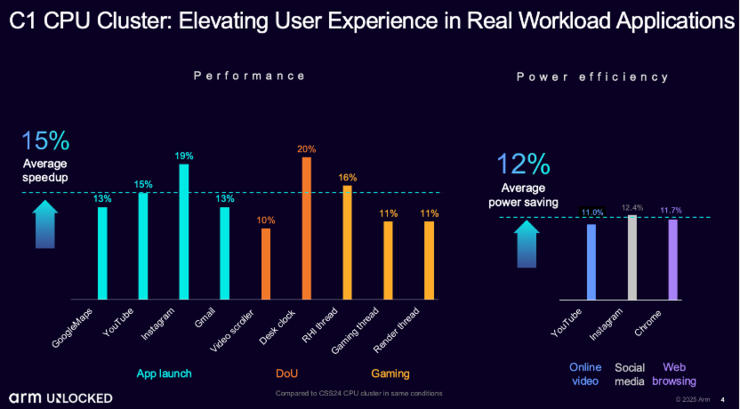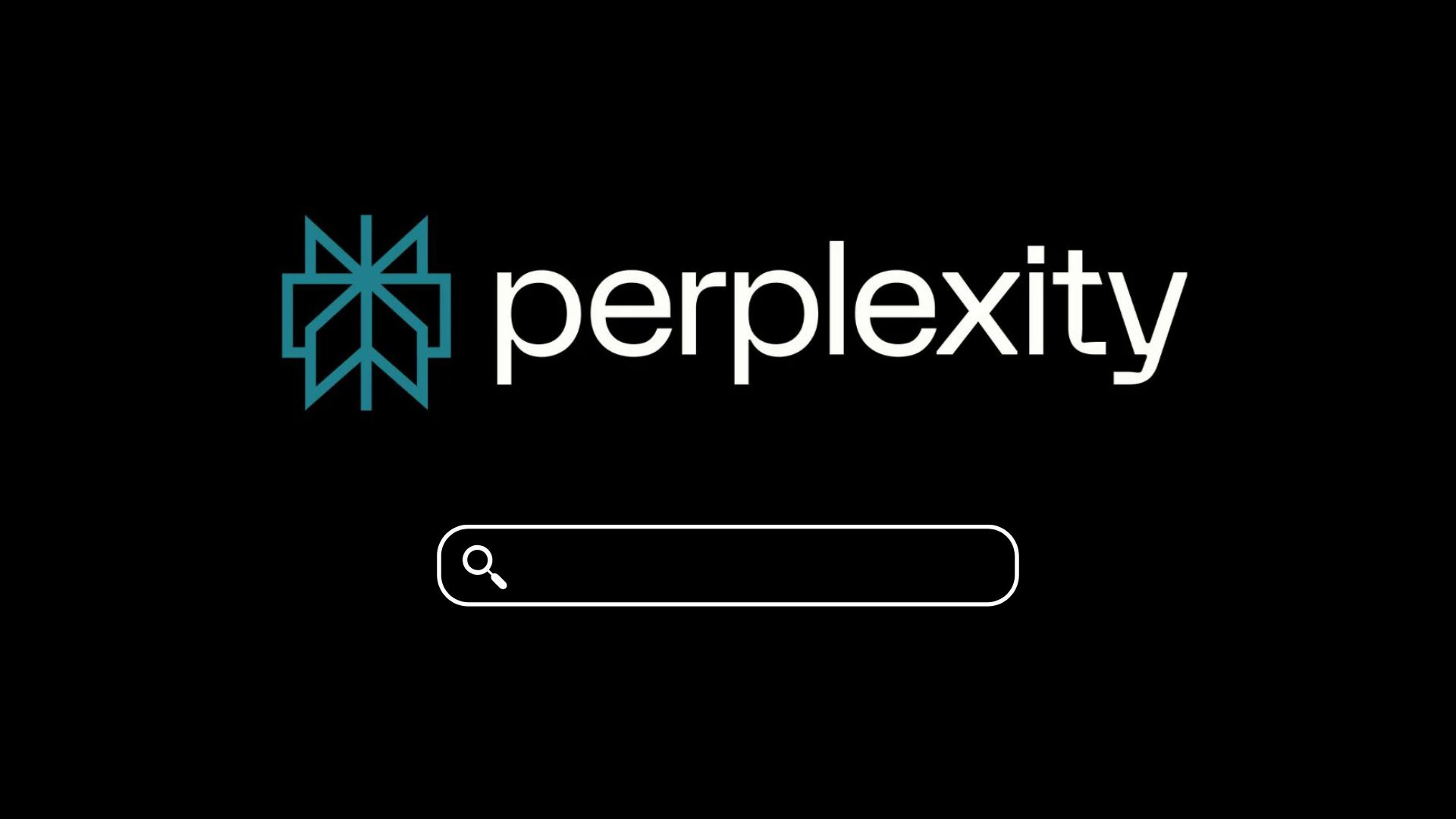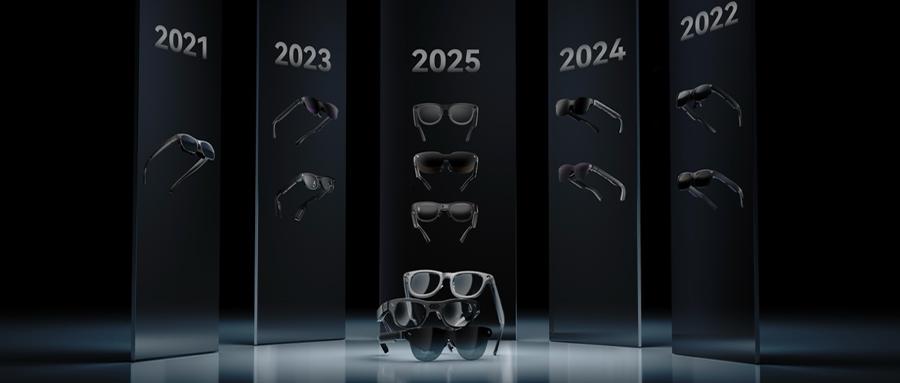Apple has paid a considerable tuition fee for its AI shortcomings.
According to Bloomberg reporter Mark Gurman’s latest revelation, Apple is approaching a multi-year agreement with Google – paying about $1 billion annually in exchange for Google’s Gemini model to provide core AI capabilities for the new version of Siri.
According to the plan, Gemini will be responsible for the most critical summarizer and task planning functions in Siri, while other functions will still be handled by Apple’s own small models.
The key clause of the agreement is that Gemini will run on Apple’s “private cloud computing” servers, and user data will not come into contact with Google’s systems. Of course, domestic users currently cannot use Gemini, and Apple will prepare another solution for the Chinese market.
Such a huge investment is only to provide the most important insurance for the timely delivery of AI Siri.
Currently the best choice for Apple
What does Apple want in this transaction?
The answer is simple: time.
At the WWDC Developer Conference in June 2024, Apple showcased a new version of Siri powered by Apple Intelligence, including stronger context understanding, screen awareness, cross application operations, and other new features.
According to Apple’s statement at the time, the new version of Siri functionality was initially scheduled to be gradually released during the iOS 18 update cycle. However, in reality, many important AI features were delayed early on, and the earliest unified release date even came next spring.
Behind such a long delay, it exposes Apple’s shortcomings in large model technology.
To bridge this gap, Apple had to seek external support. The Gemini model provided by Google to Apple has 1.2 trillion parameters, far exceeding Apple’s existing 150 billion parameter model.
As a reference, in July of this year, the dark side of the moon first released the open source Kimi-K2 Struct model, with a total parameter of 1 trillion, becoming the first domestically produced open source model to break through the trillion parameter threshold.
The huge difference in parameter scale is directly reflected in the reasoning ability, knowledge breadth, and task processing complexity of the model – which is the technical foundation necessary for the new version of Siri to implement core functions such as “summarizer” and “task planning”.
To train a self-developed model with comparable parameter scale and performance in a short period of time, Apple not only requires massive computing power investment and high-quality training data, but also a stable and experienced R&D team.
But the core of the problem is that Apple’s AI team is facing serious talent loss. Since July this year, about dozens of core members of Apple’s AI team have switched jobs.
Apple’s basic model team leader, Pang Ruoming, was poached by Meta for $200 million. Ke Yang, who was in charge of the Siri intelligent search project, decided to join Meta shortly after taking office. Several key researchers who published AI papers last year have also left OpenAI, Here, xAI
This small team of over 100 people lost their main commander at the most critical moment.
This is a complete crisis of confidence, when your employees vote with their feet, it means that the problem is no longer solved by paying a few more months’ salary.
Apple’s culture of confidentiality used to be its moat, with strict information control that kept product launches always full of surprises and made it impossible for competitors to imitate.
But in the era of AI, this approach has become ineffective. When researchers are unable to freely publish papers and establish a reputation in the academic community; Lack of open source communication also means missing out on the rapid iteration of the entire AI community.
More importantly, Apple’s computing power resources started relatively late, and training data is relatively scarce due to privacy policy restrictions.
When OpenAI and Google invested tens of thousands of GPUs to train ultra large scale models, Apple needed to find a balance between user privacy protection and data usage scale, which to some extent constrained the training progress of its large models.
So, Apple had no choice but to seek help from outside.
Why Google and not someone else?
According to previous reports, when selecting partners, Apple evaluated OpenAI’s ChatGPT and Anthropic’s Claude, and ultimately chose Google Gemini.
Although it may seem unexpected, this choice is actually inevitable. Firstly, Google is powerful and stable enough.
As a veteran giant in the AI field, Google’s Gemini 2.5 Pro ranks among the top in most big model rankings, and its technological strength is beyond doubt. The strength of this technology is also reflected in the usage of tokens.
Last month, Logan Kilpatrick, the “publicity commissioner” of Google’s AI team, revealed on social media that Google processes 130 trillion tokens per month, setting an industry record for computing power consumption.
Moreover, Google’s advantages extend beyond this.
As one of the few overseas AI full stack self-developed giants, Google has the world’s top cloud computing infrastructure and engineering team, which can support Siri’s massive daily requests. This is something that startups like OpenAI and Anthropic find difficult to achieve.
The history of cooperation also paved the way for this transaction.
From the first generation iPhone’s built-in Google Maps and YouTube, to Safari’s annual payment of over $20 billion for search engine agreements, to Apple storing some iCloud data on Google Cloud – the trust accumulated by the two companies over the years is something that startups cannot provide.
Google’s willingness to compromise is crucial.
According to the agreement, the Google Gemini model will run on Apple’s “private cloud computing” servers, and user data will not come into contact with Google’s systems. This means that Apple can enjoy Google’s technology while maintaining control over user privacy.
Note that this is exactly the bottom line that Apple cares about the most.
It is worth mentioning that Apple is positioning the new version of Siri as the next-generation search entry point on devices.
If the knowledge and reasoning behind Siri are provided by Google, it is equivalent to continuing and upgrading the alliance between the two sides in the search field – when users ask Siri questions, Google’s technology is still at work, but the form has changed from keyword search to conversational query.
It can be said that in the dilemma where Apple can only choose from the outside, Google is the only option that meets the requirements in terms of technology, trust, control, and commercial terms.
A dignified rescue mission
The most direct benefit of integrating Google Gemini is that the probability of Apple delivering on time has significantly increased.
If we stick to the pure self-developed route, considering talent loss and technological gap, it is uncertain whether we can achieve it at this time next spring. But by introducing Google’s fully developed model, Apple has gained a ready-made ‘shortcut’.
It is reported that this Siri transformation plan is led by Mike Rockwell, the head of Vision Pro headsets, and Craig Federighi, the head of software engineering, while the new version of Siri itself is codenamed “Linwood” within Apple.
From the personnel arrangement, it can be seen that Apple attaches great importance to the upgraded AI SIri.
Gemini will be responsible for the summarizer and task planning functions in Siri, which are the core capabilities of integrating information and deciding how to perform complex tasks, while other functions will still be handled by Apple’s own models. This “dual track parallel” strategy not only meets the recent product demand, but also provides buffer space for internal research and development.
More noteworthy is that Apple’s technological architecture itself is prepared for this integration.
The new version of Siri adopts a modular design: the small model on the device side is responsible for simple tasks and privacy sensitive operations, while the large model on the cloud is responsible for complex reasoning and knowledge queries. This architecture naturally supports “plug and play” model switching, allowing third-party AI to access the system without having to start over.
Of course, the Chinese version of AI Siri is not expected to use Gemini.
Apple must prepare different AI solutions for different markets, such as collaborating with local manufacturers like Alibaba and Baidu, or using special versions of self-developed models. And this flexibility is also the advantage of modular architecture.
However, the underlying issues have not been resolved.
In the past, Apple was accustomed to a “latecomer” rhythm, and every time, it was able to catch up by polishing the product experience to the extreme. This strategy is based on the premise that technological evolution is linear, and you always have time to catch up.
But AI has broken this rule.
To this day, although discussions about the continued effectiveness of Scaling Laws continue, the first mover advantage is indeed more evident in the AI field: the training of each generation of models is built on the foundation of the previous generation, and data accumulation, user feedback, and engineering optimization require a lot of time to settle.
A billion dollars bought is actually a breathing space.
This is also the last window for Apple to salvage the reputation of AI Siri while users’ patience is still alive, because whether it is the onlookers, product users, or Apple executives, they are all aware that there is little room left for Apple to make mistakes.
















暂无评论内容